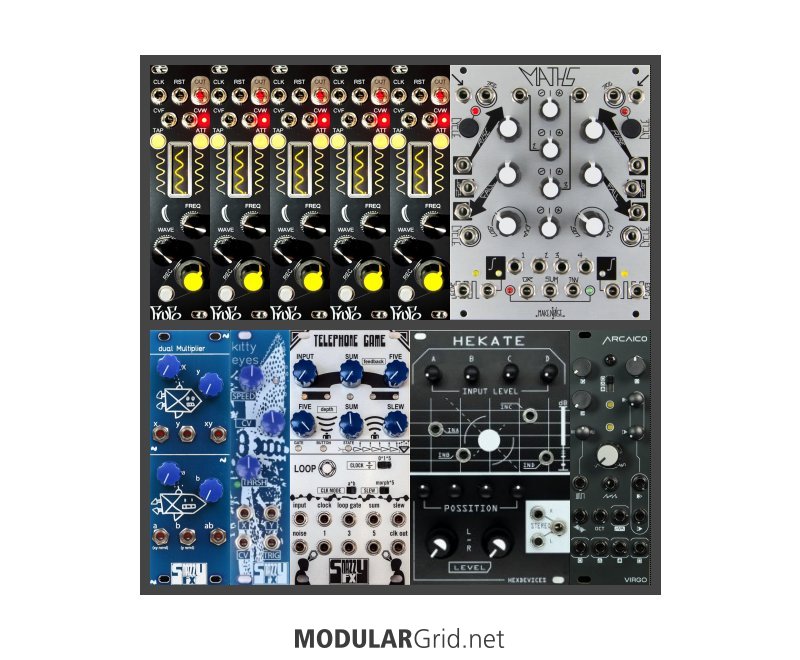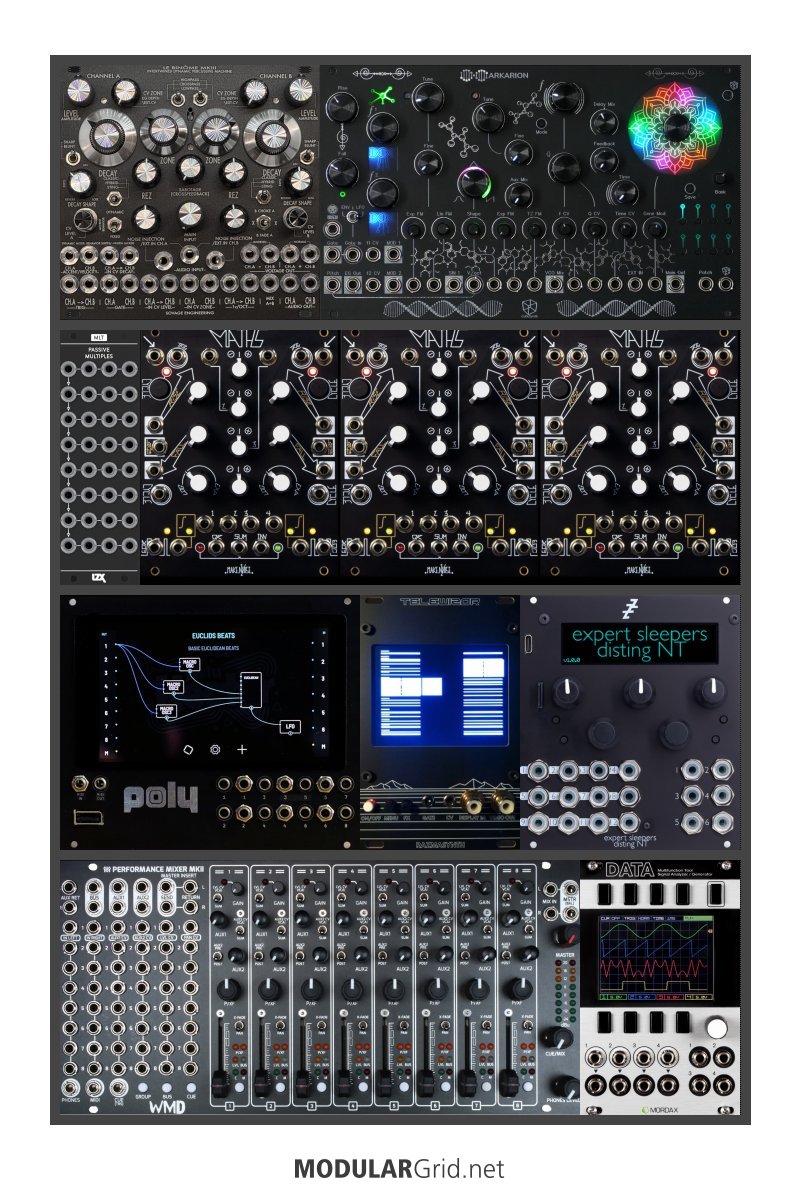chatgpt made this all clean for me.
id love someone to run with this.
last post ever. peace. bye bye. ... ...
...
🐗 SmugModInc WUMPUS
Psychoacoustic Dual-Core FM Oscillator / LFO
Concept
WUMPUS is a dual sine-core oscillator/LFO designed to generate binaural, intermodulated, psychoacoustic signals that are equally at home in the sub-audio CV domain or the full audio range.
It creates two matched, FM-intertwined sine waves, each shaped by a slower inverted modulator pair. This produces drifting, evolving stereo beating, complex nested FM, and deeply musical LFOs — all under voltage control.
It is the creature in your rack: simultaneously a precision stereo sine VCO, a psychoacoustic drone engine, and a meta-chaotic modulation source.
Signal Architecture
Core:
Two matched sine oscillators (“Left” and “Right”), sharing a common fundamental frequency.
One slow sine modulator + its inverse.
Each slow modulator is used to frequency-modulate the main cores in opposite directions.
A fixed hard detune offset allows for precise binaural beating.
Operating Modes:
LFO Mode: 0.001 Hz – 30 Hz (sub-audio).
VCO Mode: 16 Hz – 20 kHz (audio oscillator).
High-stability wide-range sine cores.
Front Panel Controls (Knobs)
Fundamental Frequency (Coarse tuning, LFO or VCO range).
Spread Frequency (rate of the slow modulator/inverted pair).
Offset Amount (depth of modulation from the spread LFOs).
Hard Dual Offset (Beats) (fixed detune between Left/Right cores, calibrated in beats/sec at low frequency or Hz in audio range).
Amplitude (scales total output level for modulation or line-level use).
Fine Tune (high-resolution frequency trim for precise tuning in VCO mode).
Switches
LFO / Audio Range (toggle).
Hard Sync On/Off (allows oscillator A to reset with oscillator B).
Phase Mode (Normal / Quadrature / Inverted): determines whether the Left/Right cores run in sync, 90° apart, or 180° apart.
Spread Mode (Linked / Free): sets whether spread modulator frequency tracks fundamental or runs independently.
CV Inputs
1V/Oct (global pitch control).
FM (Expo) (with attenuator).
FM (Linear) (with attenuator).
Spread CV (controls Spread Frequency).
Offset CV (controls Offset Amount).
Dual Offset CV (controls Hard Dual Offset).
Amplitude CV (scales output amplitude).
Sync In (hard sync trigger).
Phase CV (modulates relative phase between Left and Right cores).
Quadrature CV (pushes the cores between normal and quadrature relationship).
Outputs
Left Out (sine wave oscillator A).
Right Out (sine wave oscillator B).
Spread Out (slow sine modulator).
Spread Inv Out (inverted slow sine).
Difference Out (L–R) (binaural differential signal).
Sum Out (L+R) (mono composite).
Creature Out (nested FM mix, an organic meta-output combining all internal modulations).
All outputs DC-coupled, usable for CV or audio.
Technical Specifications
Panel Width: 14 HP (target).
Depth: “WUMPUS lives in the cave between left and right. Beware the spread.”



